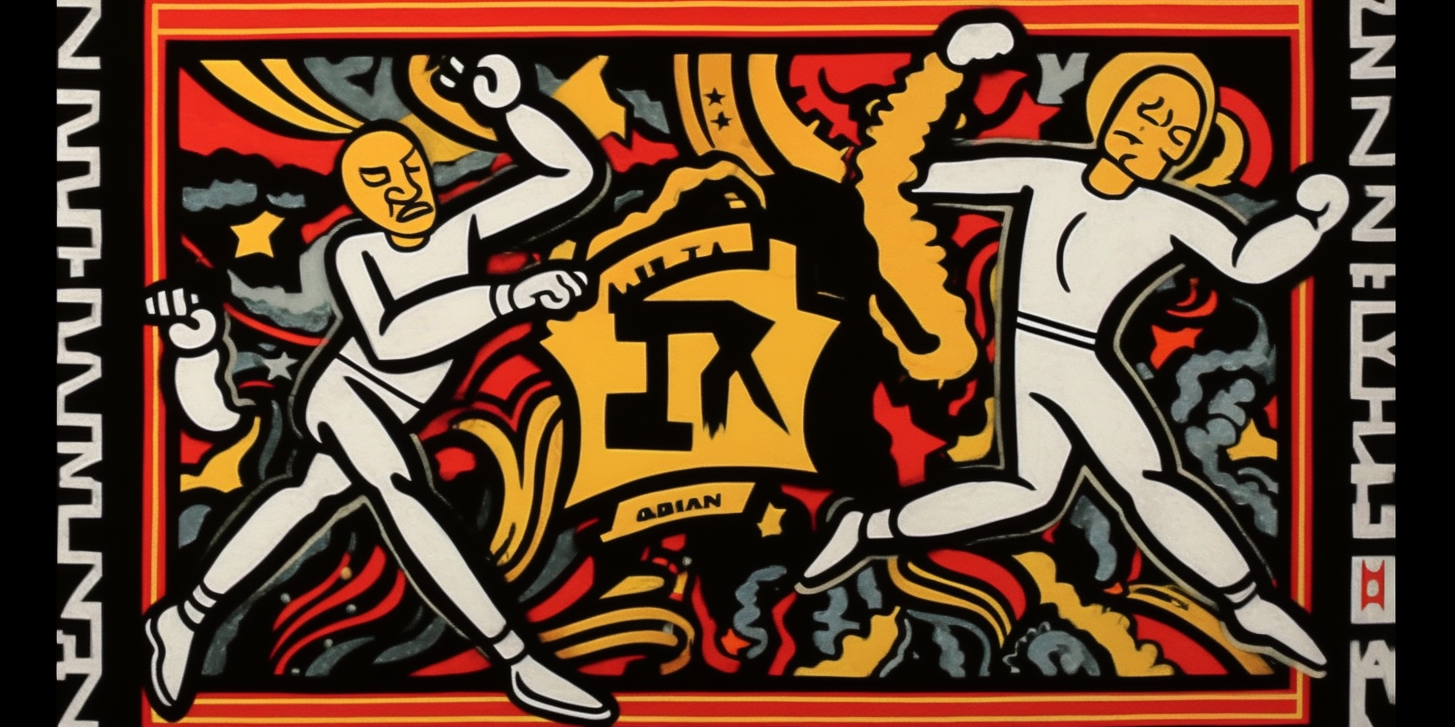Unlocking the Digital Canvas: NFT Art Redefines Creativity
Digital Art Artists Have Embraced Non-Fungible Tokens to Create NFT Art
In recent years, the art world has witnessed a remarkable transformation with the advent of non-fungible tokens (NFTs). Digital art, once confined to the realms of screens and pixels, has now found a tangible and monetizable form through the blockchain technology powering NFTs. This groundbreaking innovation has empowered artists to create, sell, and authenticate their artwork in entirely new ways, revolutionizing the art market and challenging traditional notions of ownership and value.
The Rise of NFT Art
NFTs have unlocked a world of possibilities for artists, allowing them to tokenize their digital creations and establish verifiable ownership on the blockchain. With NFTs, digital artworks can now be bought and sold as unique, one-of-a-kind assets, each with a distinct token representing its authenticity and provenance. This has created a thriving ecosystem where artists, collectors, and enthusiasts converge, creating a vibrant marketplace for NFT art.
Unleashing Creativity
The emergence of NFTs has unleashed an explosion of creativity among digital artists. Freed from the limitations of physical mediums, artists can now experiment with a myriad of digital tools, techniques, and styles to create visually stunning and conceptually profound artworks. From mesmerizing 3D animations to immersive virtual reality experiences, NFT art has transcended boundaries and embraced the boundless possibilities of the digital realm.
Empowering Artists
NFTs have empowered artists by enabling them to retain control over their creations and receive direct compensation for their work. Through smart contracts embedded in NFTs, artists can earn royalties each time their artwork is resold on the secondary market. This unprecedented feature ensures that artists continue to benefit from the increasing value of their work even after the initial sale, providing a sustainable income stream and fostering a more equitable art ecosystem.
Building Authenticity and Trust
One of the most significant advantages of NFTs is their ability to establish authenticity and trust in the digital art world. Counterfeiting and plagiarism have plagued the art industry for centuries, undermining the value of genuine artworks and compromising artists’ livelihoods. However, with blockchain technology’s immutable and transparent nature, NFTs offer a solution to this longstanding problem. Collectors can be confident in the provenance and uniqueness of NFT art, knowing that each transaction and ownership transfer is securely recorded on the blockchain.
A New Dawn for Collectors
NFT art has also opened up exciting opportunities for art collectors. With the traditional art market often characterized by exclusivity and high barriers to entry, NFTs have democratized the collecting experience, making it accessible to a broader audience. Collectors can now explore various digital artworks, connect directly with artists, and build their collections in a transparent and inclusive environment. NFT art has catalyzed community engagement and interaction, fostering a sense of shared ownership and collaboration.
The Intersection of Technology and Art
The convergence of technology and art through NFTs has sparked conversations and debates about the nature of creativity, ownership, and the future of the art industry. As the boundaries between the physical and digital worlds blur, artists are embracing innovative mediums and techniques to express their visions. With NFTs, art is no longer confined to gallery walls; it lives on the blockchain, resonating with a global audience and challenging conventional notions of art consumption.
The Future of NFT Art
The NFT art movement is still in its early stages, but its potential is vast and transformative. As more artists embrace NFTs, the boundaries of what constitutes art will continue to expand, pushing the boundaries of imagination and creative expression. With advancements in virtual and augmented reality, NFT art could evolve into immersive multisensory experiences, unprecedentedly captivating audiences.
In conclusion, the rise of NFT art has revolutionized the art world, enabling artists to explore new creative frontiers, empowering them with ownership and financial benefits, and building trust and authenticity in the digital art market. The fusion of technology and art through NFTs has ushered in a new era of artistic innovation, opening doors to endless possibilities. As the NFT art movement continues to gain momentum, it will undoubtedly shape the future of the art industry, challenging conventions and inspiring a new generation of artists and collectors.
Keep exploring those categories
- Horizons (11)
- Market analysis (47)
- Metaverse (6)
